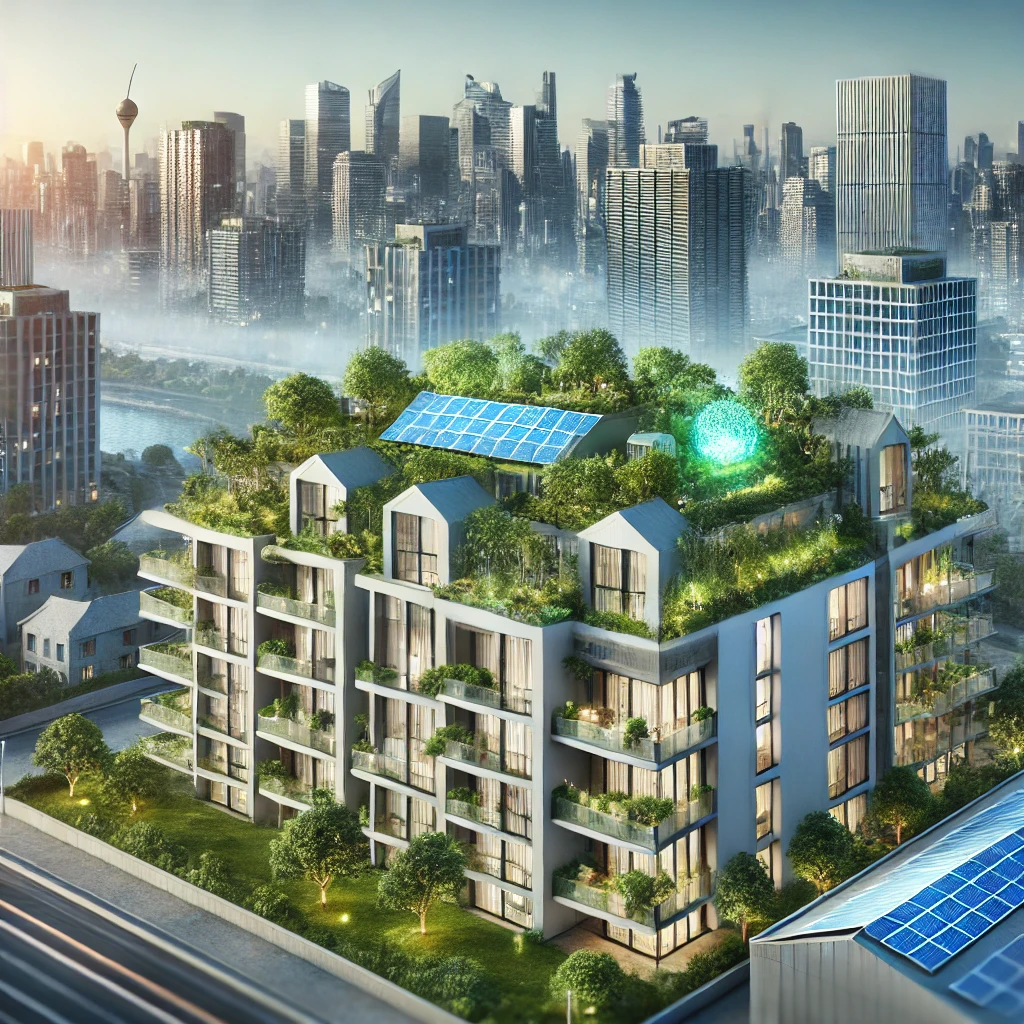
Introduction to Multi-Family Real Estate Investments
Multi-family real estate investment is a rapidly growing sector, increasingly attractive for its promise of stable returns and portfolio diversification. These properties, including multiplexes and townhouses to sprawling apartment complexes, offer investors a chance to earn consistent rental income. This potential for recurring revenue makes them particularly appealing during market volatility. However, burgeoning investors must navigate the myriad of problems facing the multi-family industry, such as market saturation and regulatory hurdles, to tap into these opportunities successfully.
Shift Towards Urban Living
The global trend towards urbanization is reshaping cities, economies, and living spaces. More people are gravitating towards urban centers, drawn by opportunities for employment, social interaction, and cultural experiences. Younger generations, in particular, opt for rental spaces that afford proximity to work, vibrant social lives, and conveniences that rural or suburban areas might lack. This mass migration has spiked demand for multifamily properties in urban areas, making them a hot commodity in the real estate market.
The Rise of Smart Homes in Multi-Family Units
Smart home features have become a significant draw for tenants as technology infuses every aspect of daily life. From automated lighting to security systems that can be controlled from a smartphone, these advanced technologies are more than mere luxuries—they’re rapidly becoming the norm. By incorporating such smart home technologies, multi-family dwellings offer an enhanced living experience, meeting the expectations of tech-savvy renters who seek convenience, energy efficiency, and safety. With rollout costs gradually decreasing, smart home integration represents a wise investment for property owners looking to increase tenant satisfaction and retention.
Sustainability: A Major Selling Point
Today, sustainability is not just a trend but an expectation among renters and investors. Environmental concerns, alongside economic benefits, drive the focus on sustainable development in real estate. Energy-efficient appliances, eco-friendly building materials, and other sustainable practices reduce carbon footprints and lower operational costs. Properties with such green credentials can differentiate themselves in competitive markets, appealing to the growing demographic of eco-conscious tenants. Boosting a property’s environmental profile can significantly enhance its marketability and long-term viability.
Demographic Shifts and Their Impact
Demographic trends play a crucial role in shaping the multi-family investment landscape. Millennials, now entering their prime renting years, heavily influence market dynamics with their preference for flexibility and experiences over ownership. At the same time, baby boomers downsizing from single-family homes are adding to the pool of renters. Understanding these shifts is vital for making informed investment decisions that align with future demand. Investors should monitor these demographic trends closely, as they will dictate the properties and locations poised for growth.
Challenges and Opportunities in Financing
While multi-family properties often symbolize a stable investment, securing necessary financing can present challenges and opportunities. Traditionally, lenders see these properties as relatively low-risk, with a diversified tenant base and consistent cash flow. Nonetheless, prospective investors must remain acutely aware of current financing trends and shifts in the lending landscape to maximize their investment potential. Brilliant financial maneuvering, leveraging favorable interest rates, and capitalizing on newly available loan products are essential for securing advantageous financing deals.
Technology’s Role in Property Management
The digital revolution has significantly improved property management practices through automation and data analytics. Modern property management software can streamline operations, reduce overheads, and enhance the tenant experience by simplifying payment processes and maintenance requests. By adopting these technologies, property managers can increase operational efficiency, improve tenant satisfaction, and boost retention rates. As technology continues to burst into the real estate sector, those who embrace these innovations will secure competitive advantages.
Future Outlook for Multi-Family Investments
The multi-family real estate sector’s future is shaped mainly by ongoing urbanization, technological adoption, and shifting tenant expectations. Investors who stay ahead of these transformative trends stand to leverage significant benefits. Anticipating changes and rapidly adapting strategies to new challenges and opportunities will be crucial for success. As cities continue to evolve, there’s immense potential for growth in multi-family investments, promising lucrative returns for those ready to embrace the future.






